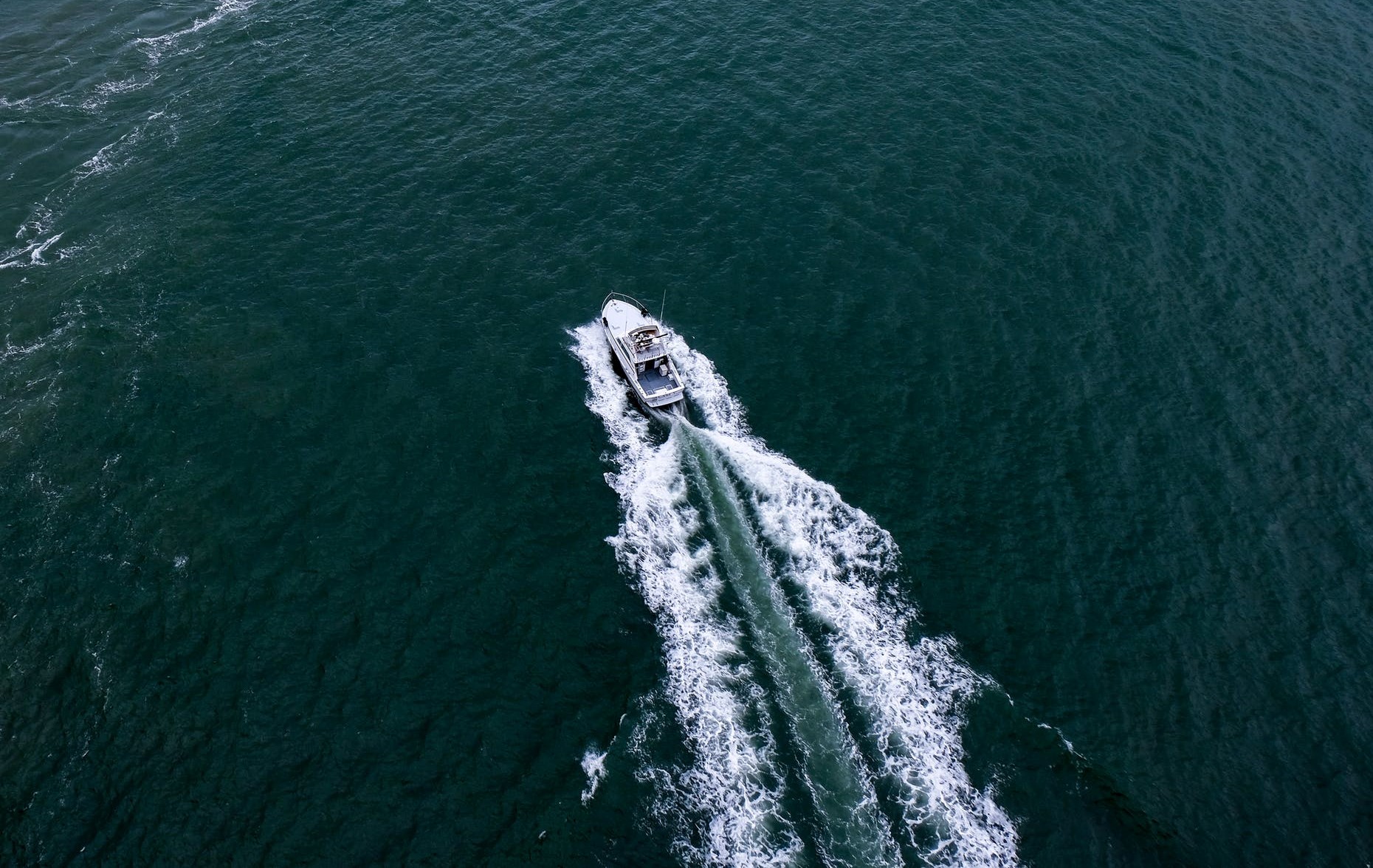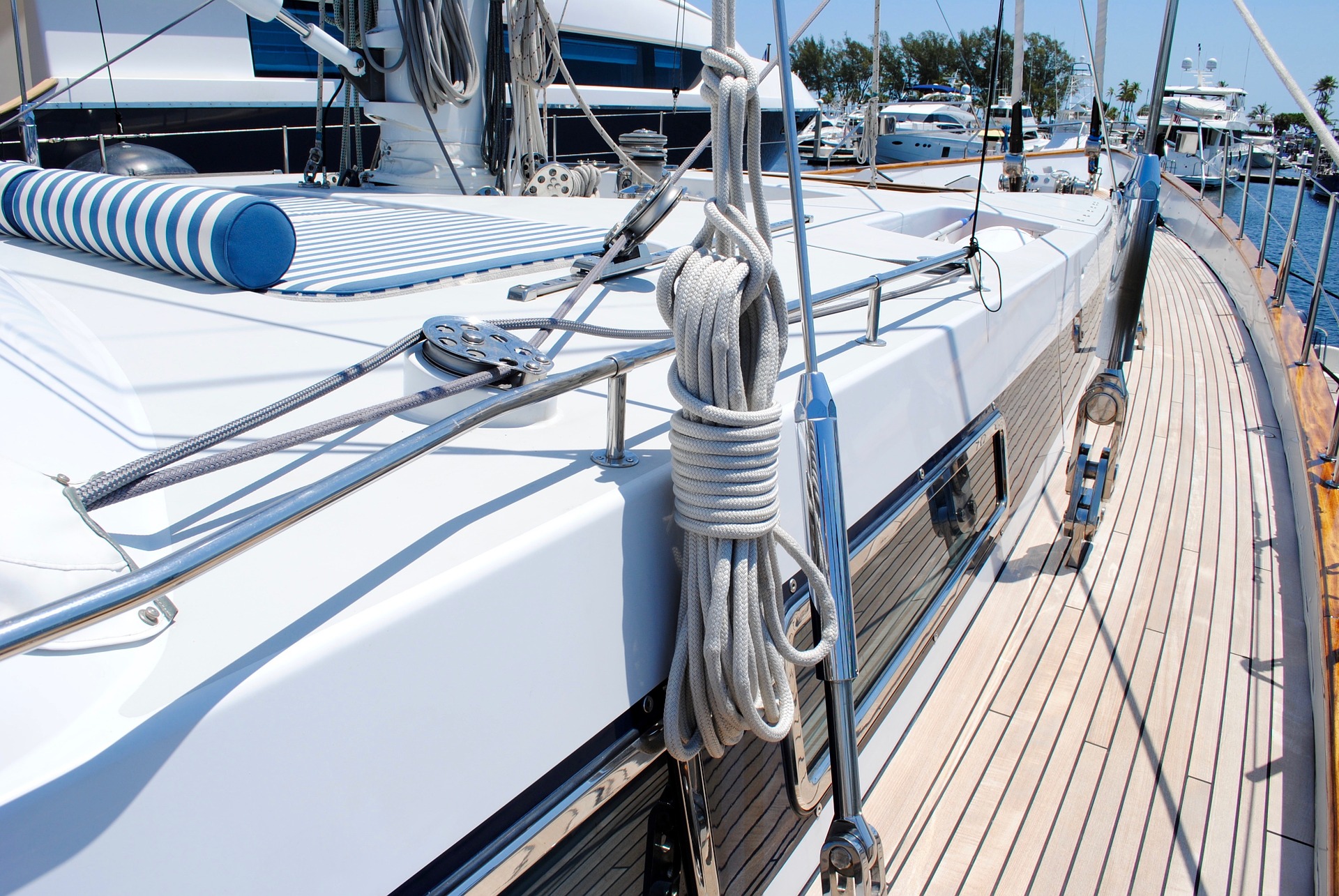
Do you own a boat that uses a deep cycle boat battery and want to fully understand how it works? Then you’re in the right place.
In this article, we’ll discuss marine deep cycle batteries’ proper maintenance, types, lifespan, and how they differ from other batteries.
What Is a Marine Deep Cycle Battery?
To fully understand, deep cycle batteries are renewable storage units that are designed to recharge and discharge repetitively for numerous times.
Deep cycle batteries are known for their thick plates and can be discharged down to 80% time without causing any damage. One unique feature, is they have solid lead plates that can provide a steady power source for a long period of time.
When Do You Need Deep Cycle Batteries?
You can use deep cycle boat batteries for powering your depth finder, audio systems, fish locators, lights, windlass, appliances (microwave and refrigerators), or any boating equipment that consumes energy when the boat engine is off.
Types of Deep Cycle Batteries
| Types | Maintenance Required | Weight | Cost |
| Flooded Batteries | Yes | Heavy | $ ($160.95 – 12 V) |
| Gel Batteries | No | Heavy | $$$ ($559.95 – 12 V) |
| AGM Batteries | No | Heavy | $$ ($179.00 – 12 V) |
| Lithium-ion Batteries | No | Light | $$$$ ($137/kWh) |
- Flooded Batteries – are the most common and oldest type since they are similar to the standard lead-acid battery of a car. These batteries contain a liquid in an unsealed container and must be placed in an area with good ventilation, to make sure that hydrogen gas can disperse safely.
- Gel Batteries – are sealed and valve-regulated lead-acid deep cycle batteries. The mass gel (a mixture of fumed silica and sulfuric acid) decreases spillage, evaporation of electrolyte, and any corrosion problems. This also gives gel batteries a greater resistance to vibration and shock.
- AGM Batteries – these types of deep cycle batteries use fine fiber Boron-silicate glass mats called, “Absorbed Glass Mats” that can handle high temperatures and discharge slower.
- Lithium-ion batteries – are the latest deep cycle batteries that perform better and can last longer. Another benefit of using lithium-ion is they weigh less and don’t require bigger spaces compared to other types.
Deep Cycle Batteries Lifespan
Honestly, there’s no exact answer regarding how long deep cycle batteries will last but there are major factors that can affect their lifespan.
The first and important factor is maintenance. This can either extend or reduce the lifespan of your batteries; discharging and charging, watering, over and under-charging, etc. You need to make sure that all of these are done properly and correctly to avoid any damages to your batteries.
Another factor is temperature. Too much heat can quickly reduce battery life and the same thing happens when batteries are charged at below-freezing temperatures.
How to Maintain Deep-Cycle Batteries?
- Make sure to refill your flooded lead-acid batteries with distilled water every 2 or 4 weeks as needed.
- Always check the battery charging rate and apply an equalization charge to flooded batteries every 90 days.
- Clean all the terminal cables and connections to prevent any corrosion.
- To make your batteries last longer, make sure to charge them immediately after use. This will prevent the building of lead sulfate deposit that affects the production of electrical current.
- Store your batteries in a moderate climate, the recommended temperature for most deep cycle boat batteries is 15°C (59°F).
Conclusion
Just like any other battery, a deep cycle boat battery needs proper maintenance to perform well and last longer. Also, a healthy battery will prevent accidents that can happen when you’re on the water.
Do you have your own deep cycle marine battery maintenance tips? Share them with us by commenting below.



